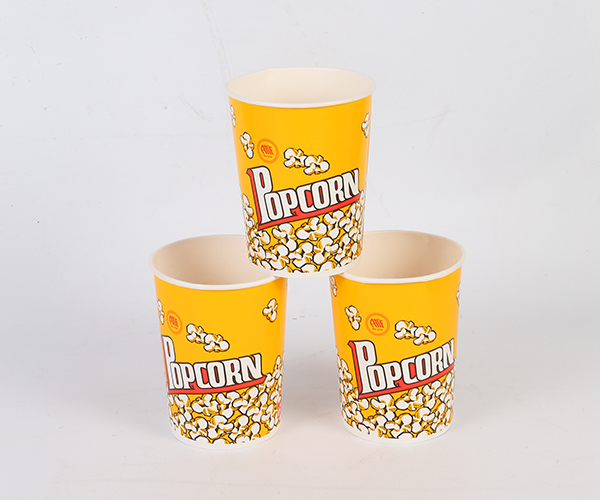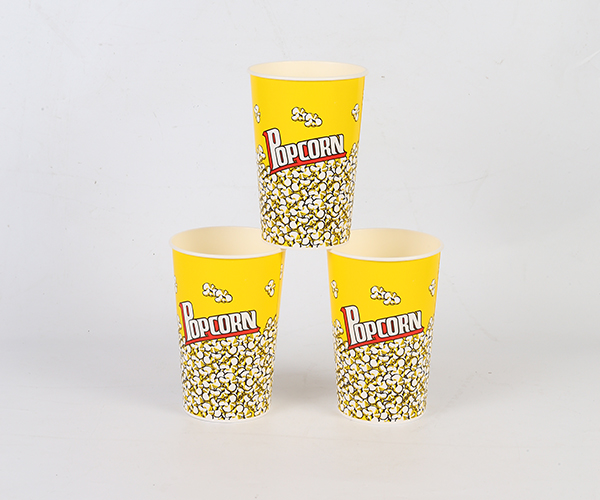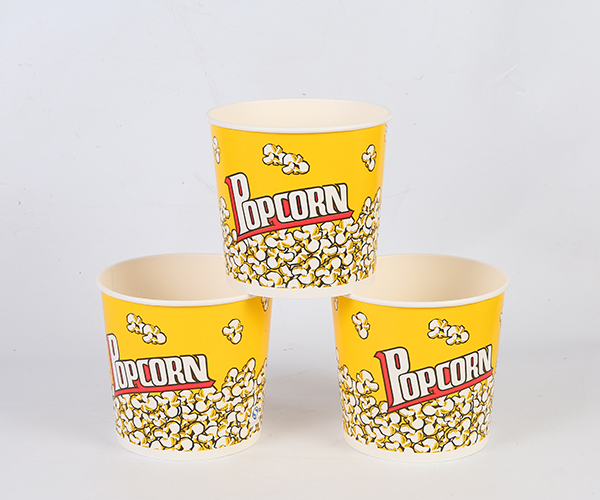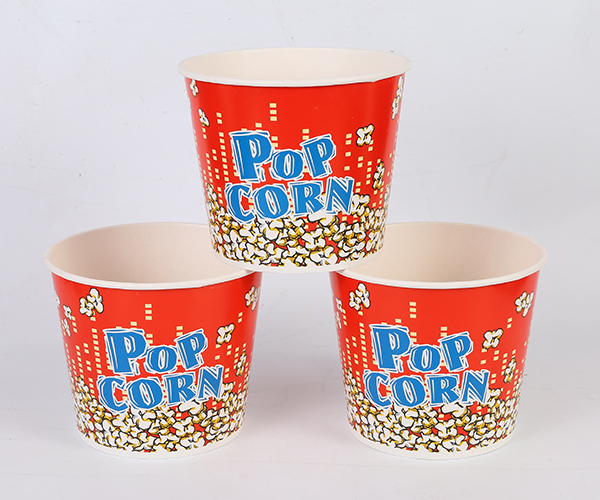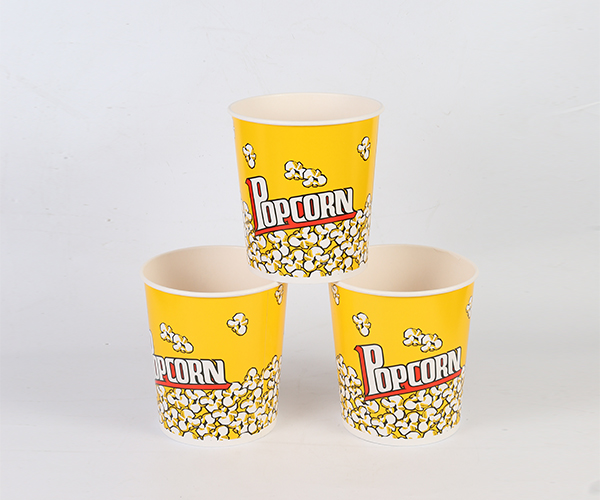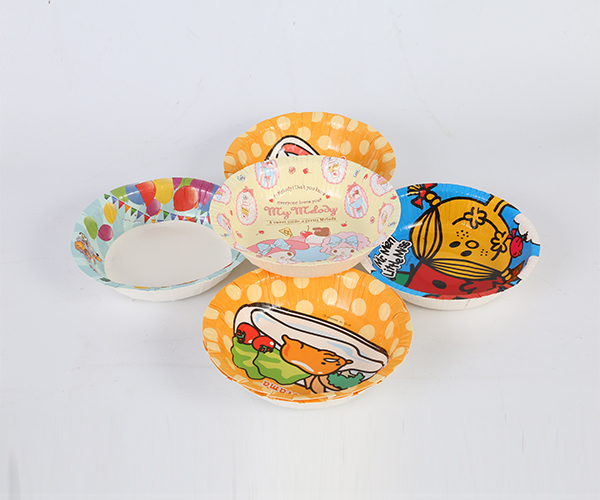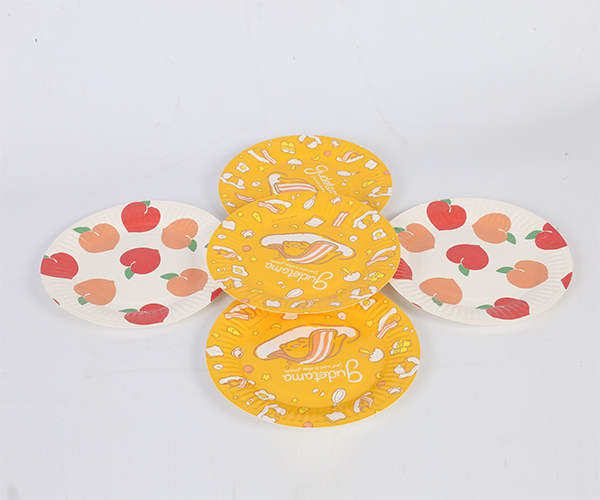Disposable Paper Plates are widely used for their convenience in casual dining, catering events, picnics, and food delivery services. However, a common concern is whether these plates are prone to leaking or soaking through when in contact with oily or watery foods. Since their structure is paper-based, this concern is understandable. This article explores the factors that determine the oil and water resistance of Disposable Paper Plates and guides on selecting the right type for different food applications.
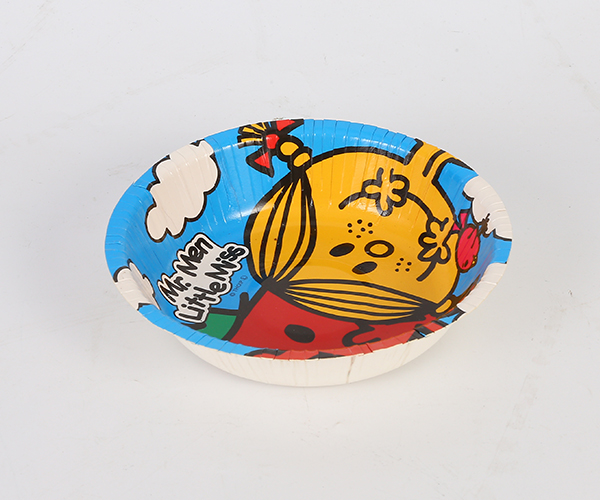
Understanding the materials used
Not all Disposable Paper Plates are made equally. Their resistance to oil and water largely depends on the materials and coatings applied during manufacturing. Basic paper plates made from uncoated paper pulp are vulnerable, as they readily absorb both oil and moisture. In contrast, premium varieties are often treated with a thin layer of polyethylene, PLA (a biodegradable plastic), or wax to create a barrier against liquids. This coating significantly enhances their performance when used with greasy or saucy foods.
Behavior with oily foods
Oily foods such as fried chicken, pizza, or stir-fried noodles can quickly saturate low-quality paper plates. The oil seeps into the porous fibers, weakening the plate and sometimes causing it to tear or lose shape. Higher-end coated plates, however, are specifically designed to repel oils and maintain structural integrity even after prolonged exposure. The effectiveness depends on the thickness of the coating, as well as the density of the paper base itself.
Performance with wet or saucy dishes
Water-based foods such as curries, soups, fruit salads, or pasta with sauce present a greater challenge. Moisture tends to spread more quickly than oil and can penetrate any unsealed edges or imperfections in the coating. Disposable Paper Plates with full-surface lamination or deep coating provide good performance, preventing leakage for a reasonable serving duration. Plates with shallow coatings or thin layers may begin to soften after a few minutes, making them unsuitable for meals that are served hot and wet.
Duration of liquid contact
Time is another critical factor in oil and water resistance. Most coated Disposable Paper Plates can hold up well for short-term use—typically 15 to 30 minutes, depending on the food’s temperature and moisture content. If the food sits on the plate for an extended period, even high-quality plates may begin to show signs of saturation, particularly at the edges or bottom center where liquids collect.
Visual signs of leakage
When a paper plate is not resistant enough to oil or water, signs like softening, color darkening, curling, or eventual seepage onto the table surface may appear. These indicators suggest that the plate is reaching its limit. To avoid such issues, it’s recommended to either serve foods quickly or double up the plates for extra protection, especially when using uncoated or budget-grade options.
Choosing the right plate for the occasion
When selecting Disposable Paper Plates, it's important to match the product type with the nature of the food being served. For dry snacks or bakery items, standard uncoated plates are usually sufficient. For greasy or moist dishes, coated plates—or those labeled “grease-resistant” or “liquid-resistant”—are the better choice. Eco-conscious consumers may also look for compostable options that include water-based coatings rather than plastics.
Conclusion
The ability of Disposable Paper Plates to resist oil and water depends on their material composition, coating, and intended use duration. While basic paper plates may struggle with moist or greasy foods, many modern coated variants are engineered to offer reliable protection and maintain cleanliness during meals. By understanding their limitations and selecting accordingly, users can enjoy the convenience of disposable tableware without sacrificing functionality.


 English
English 中文简体
中文简体